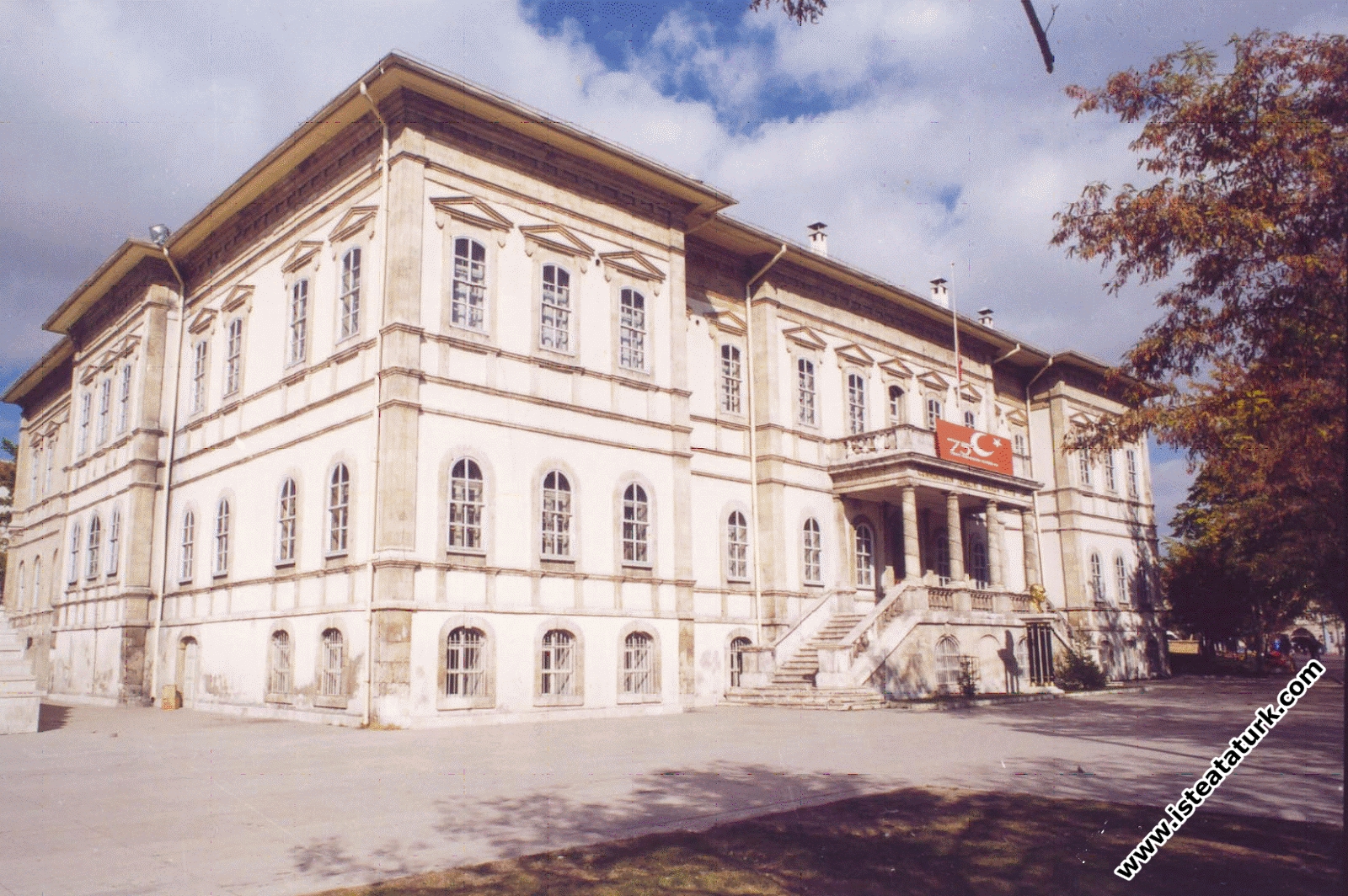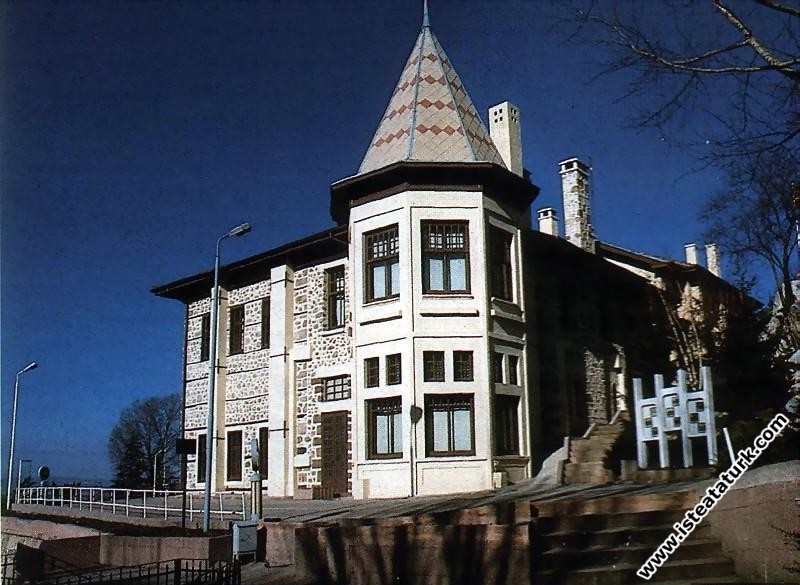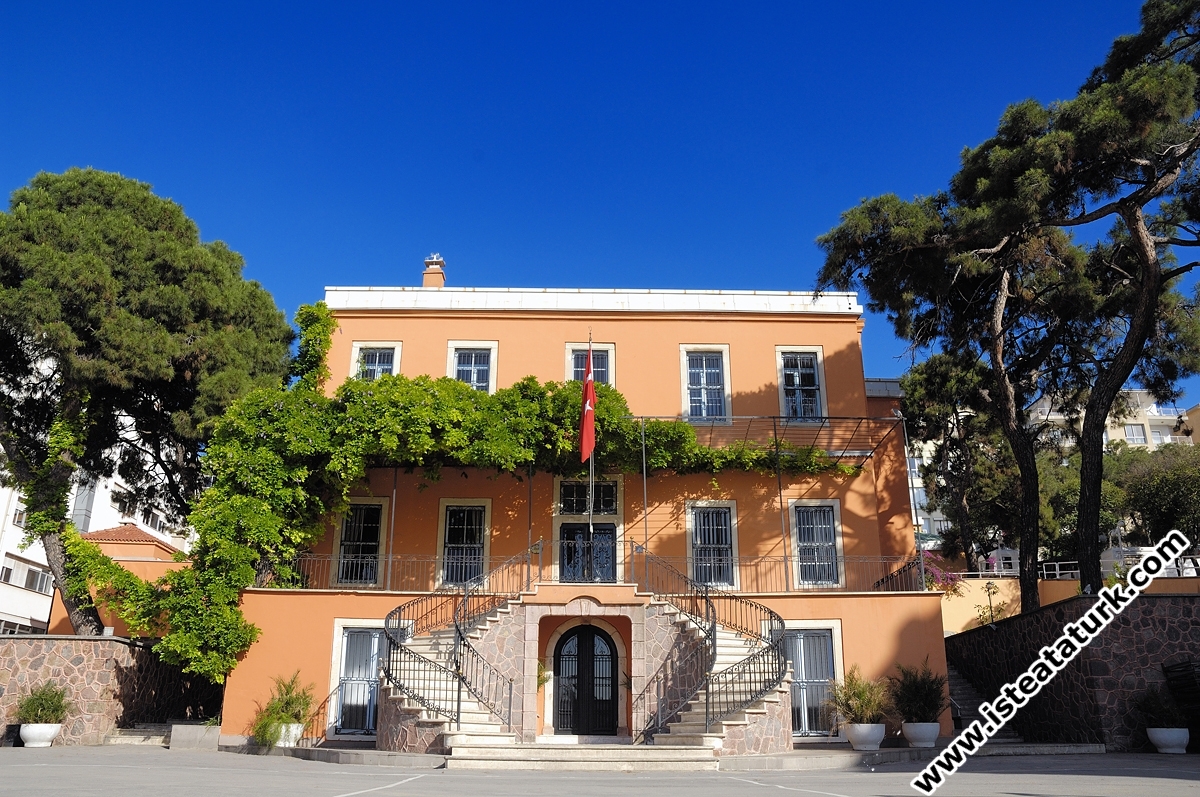
Sivas - Atatürk Congress and Ethnography Museum
Character Size
Sivas - Atatürk Congress and Ethnography Museum
Sivas - Atatürk Congress and Ethnography Museum
Sivas - Atatürk Congress and Ethnography Museum was opened in the historical building that was built as Sivas High School in 1892 and used as Sivas High School until 1981.
The four-line inscription stating that the building was built by Sivas Governor Mazlum Paşazade Mehmet Memduh Bey on 12 Rebiül-Avvel 1310 H (October 5, 1892) as the Civil High School is still in the Sivas Museum.
The building, which has continued to function as a school building since the date it was built; It was called İdadi, Sultani, Sivas High School, Congress High School. In a renovation in 1930, the main entrance on the eastern facade was moved to the western facade, and its roof was covered with sheet metal.
XIX. The building, which is one of the examples of late Ottoman period civil architecture of the 19th century, has three floors and an inner courtyard. Stone is the main material on the exterior and wood on the interior.
As it is known, after Atatürk went to Samsun to start the National Struggle in Anatolia, he opened the Erzurum Congress and came to Sivas on September 2, 1919 to open the Sivas Congress. Sivas High School building was reserved for the Congress and Atatürk and his friends stayed in this building until they left Sivas.
Sivas Congress continued its work between September 4, 1919 and September 11, 1919 and took important decisions and dissolved. After the Sivas Congress, Atatürk continued his work in Sivas as the Head of the Anatolian and Rumelian Defense of Rights Representative Committee. These works were extended until 18 December 1919, and when the Representative Committee decided to work in Ankara, Atatürk left Sivas on this date.
Atatürk came to Sivas 5 more times after the proclamation of the Republic. When he came to Sivas with his wife Latife Hanım on September 27, 1924, he stayed at the high school again, and when he came back to Sivas on October 12, 1924, on his return from Erzurum, he spent the night here again. Atatürk, who came to Sivas again on September 19, 1928, saw the Congress hall and study rooms held in the High School and thanked the interest. He stayed at the Governor's mansion on his later visits.
Congress held at Sivas High School and September 4 Atatürk Museum remained open to visitors until 1981. Sivas High School was separated here in 1981 and the building was repaired and turned into a museum entirely. Today, the basement of the building, which is in the name of Atatürk Congress and Ethnography Museum, has been arranged as a laboratory and photography room, the ground floor is reserved for ethnographic works, and the upper floor (Atatürk and Congress Museum). Apart from the Congress Hall, Atatürk's bedroom, study room, there is a Telegraph room and Documents room. The hall, where the minutes of the Sivas Congress are located, contains the documents displaying the declarations and news of the Anatolian Women's Defense of the Vatan Society, the center of which is Sivas, and the printing machine on which the İrade-i Milliye Newspaper was printed and the sections of the newspaper.
Department of Ethnographic Works
The building, which was used as a school until 1981, was opened to visitors as a museum in 1990, after being repaired, exhibited and arranged.
The historical Congress Hall, Atatürk's study and rest room on the upper floor are preserved as they were on the days of the Congress.
Also on this floor; There are places where various documents related to the congress are exhibited.
The ground floor of the building is entirely devoted to ethnographic works.
Weapon Section: Various war tools such as swords, daggers, armor, helmets, shields, arrows, bows, rifles, pistols, gunpowder guns from the Ottoman Period are exhibited.
A. Turan Türkeroğlu (Hacı Beslen) Room: A separate space has been reserved for Hacı Beslen, who donated his collection of ethnographic works, coins, plates that are good examples of calligraphy, and oil paintings to the museum.
Kilim Section: Examples of rugs, prayer rugs and bells collected from Sivas and its surroundings are included in this section. The wooden pulpit of the Divriği Kale Mosque, dated 1180, is also exhibited here.
Sivas Main Room: The main room where guests were hosted in Sivas mansions during the Ottoman Period; The heating system with a hearth, embroidered curtains, sofas with sofas, cushions, throw pillows and sherbet bowls are arranged as in the past. Mannequins are also exhibited here.
Wooden artifacts belonging to the Divriği Great Mosque are also exhibited in this section.
Section of Copper Artifacts: In addition to copper items such as trays, ewers, cauldrons, flasks, lengers, pans, colanders, candlesticks, which were widely used in daily life in the Ottoman Period, fountain nozzles, weight measures, locks and door knockers are included in this section.
Dervish Lodge Items Section: Artifacts such as banners, halberds, skewers, rosaries, candles, dhikr rosaries, tambourines and bells belonging to the old lodges in Sivas are exhibited.
Clothes and Handicrafts: Various clothes such as oiler, cepken, prayer rugs, towels and bundles unique to the Sivas region are exhibited in three halls. The clothes in the middle showcase are presented to visitors with live displays on mannequins.
The middle courtyard of the museum building is arranged as a carpet section. Carpets belonging to Sivas and its region are exhibited in chronological order.
Fourteen windows on the corridor opening to this courtyard have been turned into showcases; Coffee sets, silver jewellery, works related to writing and calligraphy, glass and porcelain items, lamps are exhibited in this showcase.
The portrait carpet of Memduh Pasha, who had the building built, woven in Sivas in 1904 (1322 H), and the inscription showing the date of construction are among the remarkable works of the museum.
prof. Dr. Kangal socks and carpet pillow faces donated to the museum by Şefik Dener are also exhibited in a separate showcase. Gurun shawls constitute a separate group of works in the museum.
Address: Opposite Orduevi, Sivas
Tel: (346) 221 04 46, Fax: (346) 224 40 67 Opening hours: 08.30 - 12.30 / 13.30 - 17.00
Open Days: Everyday except Monday
Source: 1- A A M, Atatürk Evleri Atatürk Müzeleri, Mehmet Önder, Türk Tarih Kurumu Basımevi 1993. ISBN: 975-16-0077-4. Sayfa:36-37 2- www.kultur.gov.tr

